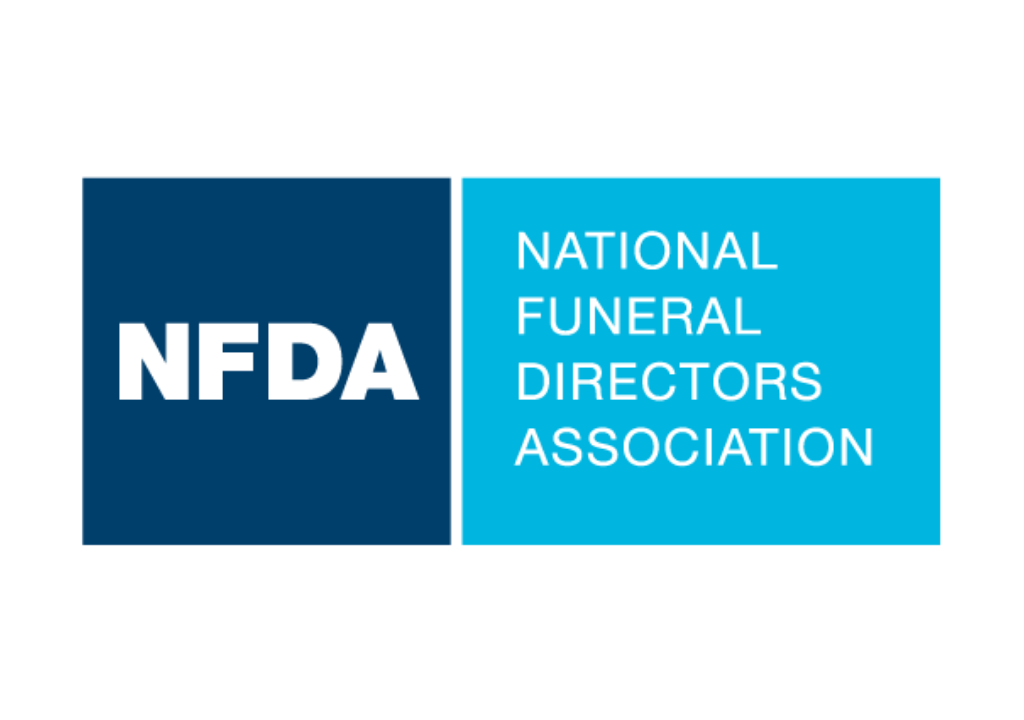Pet Funeral Industry Undergoing Major Changes

Her 14-year-old dog Mico had lung cancer, and Coleen A. Ellis knew she was taking her to the vet for the last time.
She watched as the vet started to put the terrier schnauzer’s body in a garbage bag.
“I couldn’t just walk out of there with a leash and a collar,” she said. Instead, Ellis took Mico’s body home.
A local funeral home agreed to cremate Mico. As she waited in the chapel, Ellis said she was told they couldn’t turn on the lights because they were having a service for “a real death” down the hall. She vowed to make changes.
A year later, in 2004, Ellis opened what is thought to be the country’s first stand-alone pet funeral home in Indianapolis. Today, there are more than 750 pet funeral homes, pet crematories and pet cemeteries across the country — and many human funeral homes have or are looking at ways to offer services when pets die.
Ellis sold her mortuary and now runs Two Hearts Pet Loss Center, which arranges memorial services and helps people grieve the loss of a pet.
In 2009, she helped start the Pet Loss Professionals Alliance as a committee of the International Cemetery, Cremation and Funeral Association. As the industry grew, so did the alliance.
The group’s goals are simple: set and maintain standards for services related to pet deaths, such as funerals, memorials, cremations and burials.
Poul H. Lemasters, a lawyer and president of Lemasters Consulting in Cincinnati, has worked in the funeral industry for more than 15 years and is licensed as a funeral director and embalmer in Ohio and West Virginia.
“On the human side, the biggest issue out there is always wrongful cremation. On the pet side, it’s not wrongful cremations, but whether cremations are being done at all,” Lemasters said. There have been animal dumping cases in Arizona, Virginia and Tennessee, where pets were stored instead of cremated, then taken to a landfill or dump and dropped off, he said.
Ninety percent of pet owners choose cremation rather than burial for their pets, he said.
Although cremation has been offered for a long time, other legal issues related to pets’ deaths — and even the deaths of owners who are survived by their pets — are getting more attention.
Pets are named in wills, they receive trusts, they are part of prenuptial agreements. In a few states, laws are being rewritten to treat pets as more than personal property, Lemasters said. California has a new law that says if your animal is killed maliciously, you can claim certain types of damages, Lemasters said.
In Florida, a dog died under a vet’s care and was cremated before a necropsy could be conducted. The family was awarded more than $10,000 in punitive damages.
As pets play bigger roles in people’s lives, it makes sense that they will be treated more like family when they die, and that includes holding funeral services that at one time were held only for people, said veterinarian Jane Shaw, director of the Argus Institute in the College of Veterinary Medicine & Biomedical Sciences at Colorado State University.
“Telling stories, playing music and reading poetry are all things that allow us to express what this individual meant to us,” she said, “whether it’s human or animal.”



